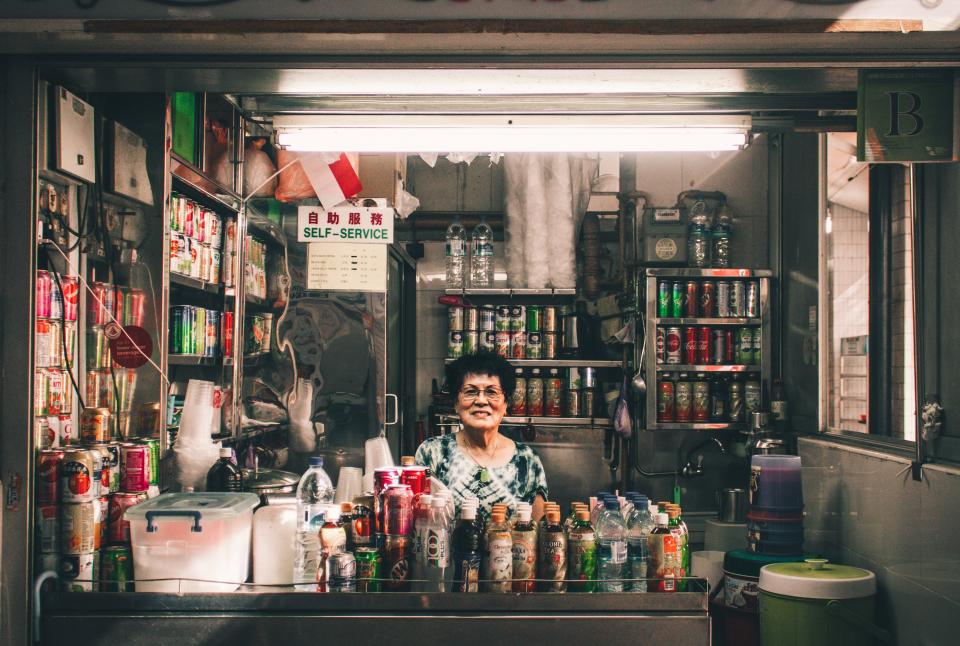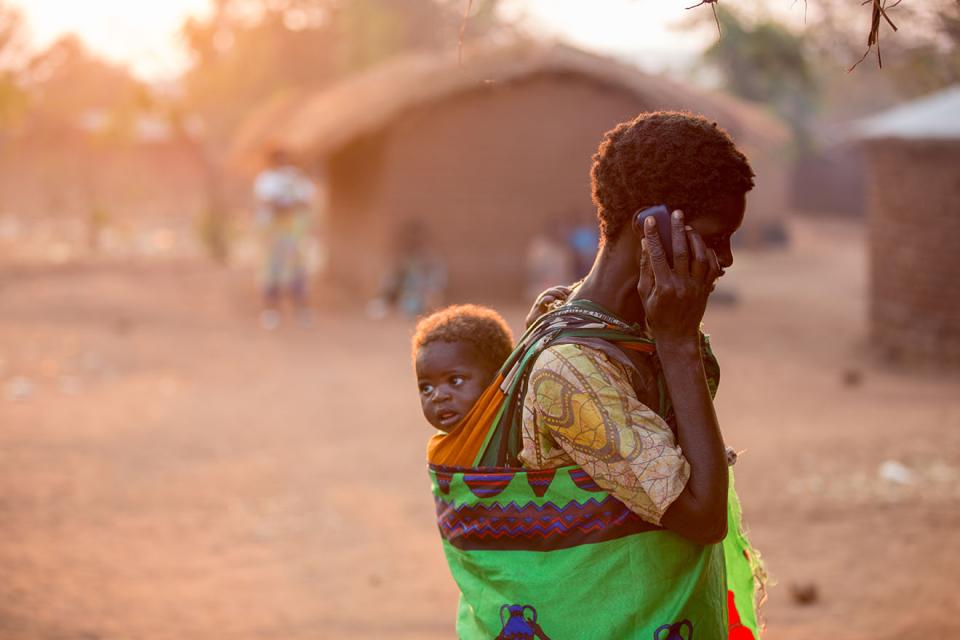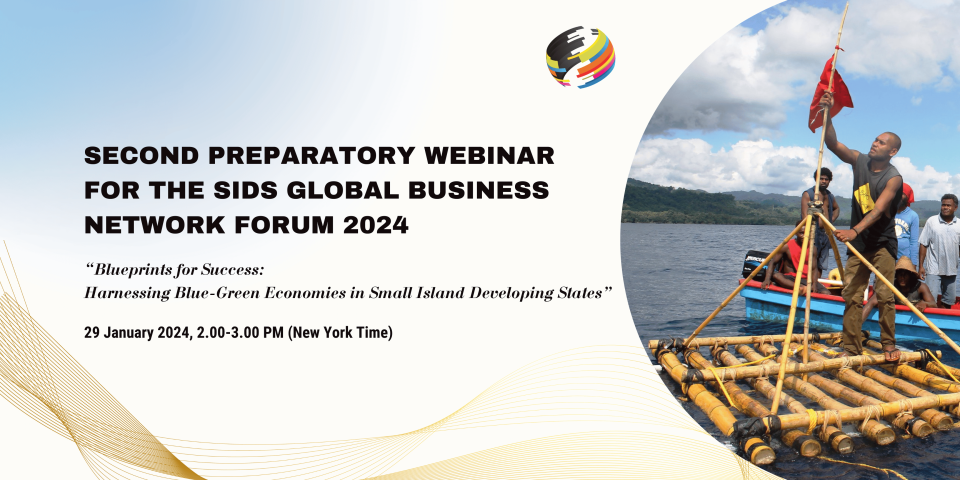Launch of the Report Scaling Up Renewables in Landlocked Developing Countries (LLDCs)
Register
Background
Landlocked Developing Countries (LLDCs) grapple with significant challenges as they lack territorial access to the sea. The COVID-19 pandemic, climate change as well as the current energy crisis are exacerbating these vulnerabilities. In order to address the unique sets of challenges affecting LLDCs, the UN adopted in 2014 the Vienna Programme of Action (VPoA) for the LLDCs for the Decade 2014-2024. Subsequently, the UN Office of the High Representative for the Least Developed Countries (LDCs), Landlocked Developing Countries (LLDCs) and Small Island Developing States (SIDS) (UN-OHRLLS), at the request of the Group of LLDCs, developed the Roadmap for the Accelerated Implementation of the VPoA, in consultation with other relevant UN system departments and agencies and other regional and international organizations who provided inputs. The Roadmap is a forward-thinking document for the implementation of multiple efforts of UN member states, UN system entities, and other international stakeholders.
Energy as catalyst and key enabler for the development of societies is rightly highlighted in the VPoA. It falls under priority area 2b: Infrastructure development and maintenance: Energy and information and communications technology infrastructure. VPoA’s objectives for energy is to expand and upgrade, as appropriate, infrastructure for supply, transmission and distribution of modern and renewable energy services in rural and urban areas.
Progress towards achieving SDG7 in LLDCs
While notable progress has been made towards access to affordable, reliable, sustainable and modern energy in recent years a significant number of people in LLDCs still live without reliable energy and remain left behind. Globally 733 million people live without access to electricity, of those, 215 million in LLDCs. In 11 out of 32 LLDCs electricity access rate falls below 50%. At the current pace of electrification, the world is likely to fail in achieving the SDG 7 by 2030.
Technology, innovation and advancement in business models, combined with falling costs, have supported the global uptake of renewables, offering affordable energy access to even the most remote rural communities. The share of renewables in the total final energy consumption (TFEC) in LLDCs reached 44% in 2020, a rise from 37% in 2000. The high share of renewables is mostly due to hydropower installed in the countries with a large potential for this technology.
UN-OHRLLS and IRENA cooperation
To strengthen cooperation aimed at promoting renewable energy deployment in LDCs, LLDCs and SIDS under their respective Programme of Action, the International Renewable Energy Agency (IRENA) signed a Memorandum of Understanding (MoU) with UN-OHRLLS in September 2019. The two organizations collaborate on activities to support LDCs, LLDCs and SIDS to accelerate the energy transition, close the energy access gaps and tackle the socio-economic and environmental benefits of renewable energy.
The joint IRENA/UN-OHRLLS report “Scaling Up Renewables in LLDCs” is one of the deliverables of the MoU and is also mentioned in the VPoA Roadmap. The report brings an overview of emerging trends, challenges and drivers for energy transition and outlines possible actions to scale-up renewable energy in order to facilitate energy access and help LLDCs to achieve the 2030 Agenda and Paris Agreement. The report highlights enabling framework options that policy makers in LLDCs can deploy to address barriers and support the increased use and integration of renewables. It also provides recommendations for mobilizing investments for renewables in the LLDCs. It stresses that successful implementation of renewable energy projects will hinge on efficient application of public resources and expansion of financing and risk mitigation instruments. Scaling up renewable energy in LLDCs will help them to build back better from COVID-19 while advancing the full implementation of the 2030 Agenda for Sustainable Development.
Objective
The event will serve as a launch of the joint IRENA/UN-OHRLLS report “Scaling Up Renewables in LLDCs”. It will set the scene for the discussion on potential pathways for LLDCs to achieve SDG7 and contribute to the goal of net zero emissions by 2050. It will seek to: reflect on the findings of the report; showcase best case practices in scaling up renewables in LLDCs; and agree on strategic actions to close the energy access gap, accelerate transition to clean energy pathways, and boost socio-economic development. It will also highlight opportunities to enhance coordination among UN entities and other partners to scale-up international support to LLDCs and mobilize the required finance.
![]()












